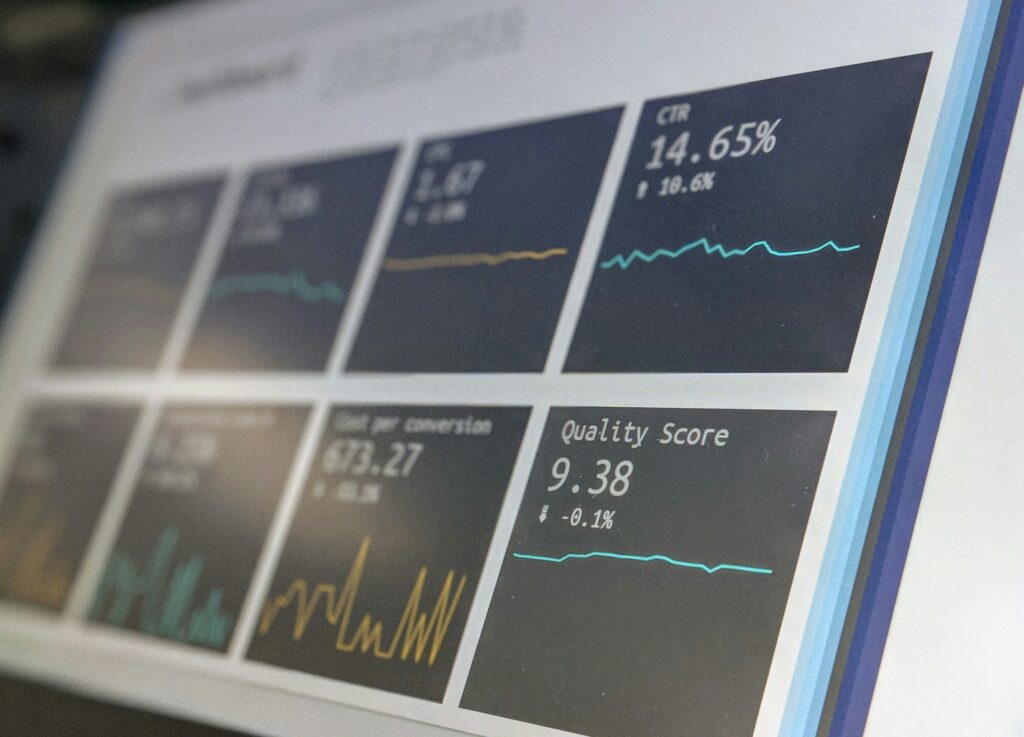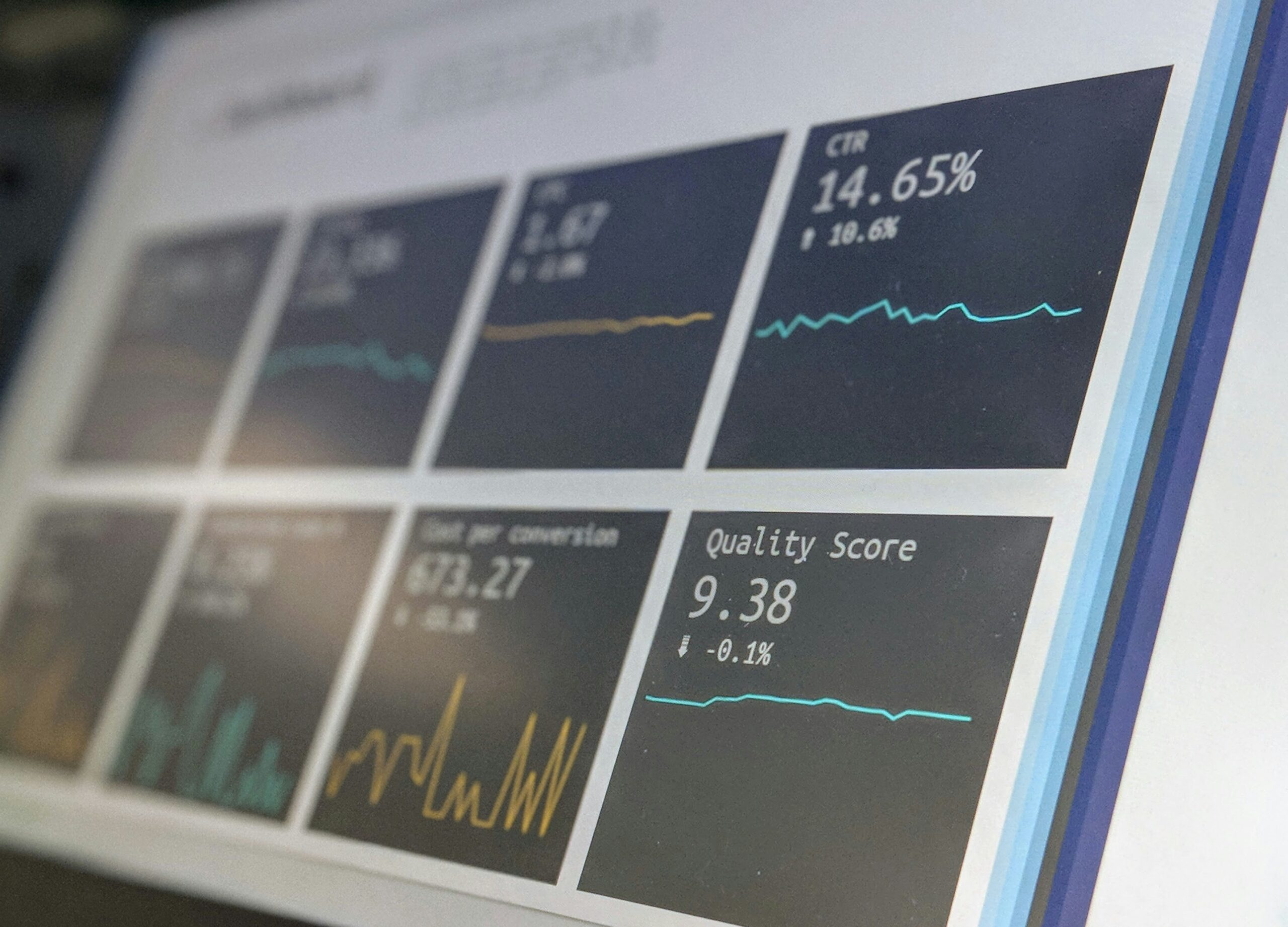
For savvy investors, commercial debt portfolios represent a compelling alternative asset class, offering attractive returns and diversification opportunities. However, successfully buying aged receivables isn’t about acquiring raw volume; it’s about discerning true value hidden beneath the surface. To make informed investment decisions, buyers must look beyond face value and meticulously analyze a set of critical commercial debt metrics.
Understanding these metrics is the bedrock of robust debt portfolio valuation. It allows investors to accurately assess risk, project recovery rates, and ultimately, maximize profitability.
The Foundation of Value: Core Commercial Debt Metrics
When evaluating a commercial debt portfolio, a systematic approach is essential. Here are the key metrics and characteristics that demand your close attention:
1. Age of the Debt
This is perhaps the most fundamental metric. The older a debt, generally, the harder it is to collect. Debt is typically categorized by “aging buckets” (e.g., 30-60 days past due, 61-90 days, 91-120 days, 120+ days, charged-off).
- Why it matters: Recovery rates decline significantly as debt ages. Fresh debt (under 90 days) often has a higher likelihood of collection through basic efforts, while very aged or charged-off debt requires more specialized strategies. Your debt portfolio valuation will heavily weigh this factor.
- Buyer Insight: Portfolios with a higher concentration of newer aged debt might command a higher price but offer quicker recovery. Older debt can be cheaper but demands more sophisticated, patient recovery methods.
2. Industry of the Debtor
The sector in which the original debtor operates profoundly impacts collectability. Different industries face unique economic cycles, regulatory environments, and customer payment behaviors.
- Why it matters: Debt from a volatile or declining industry may carry higher risk than debt from a stable, essential services sector. For instance, commercial debt from a bankrupt retail chain will behave differently than debt from a thriving technology firm.
- Buyer Insight: Specialized buyers often target industries where they have established collection expertise or a deep understanding of the underlying business dynamics and potential collateral. This niche focus directly influences buying aged receivables.
3. Documentation Quality and Completeness
This is often overlooked but is arguably one of the most critical factors. High-quality documentation provides the legal backbone for collection efforts.
- Why it matters: Comprehensive documentation (original contracts, invoices, communication logs, payment histories, proof of delivery, etc.) significantly enhances the enforceability of the debt. Missing or incomplete documentation can render a debt uncollectible or invite disputes.
- Buyer Insight: A portfolio with impeccable documentation can command a premium, as it reduces legal risk and streamlines collection processes. Conversely, a portfolio with poor documentation can be a red flag, regardless of other metrics. It directly impacts debt portfolio valuation.

Deeper Dives: Uncovering Nuance in Commercial Debt Metrics
Beyond the basics, these metrics add crucial layers of detail to your evaluation.
4. Dispute Status
Understanding whether a debt is currently in dispute, has been disputed in the past, or is undisputed, is vital.
- Why it matters: Disputed debts often require significant time, resources, and potentially legal intervention to resolve, impacting recovery timelines and costs. Undisputed debts are generally more straightforward to pursue.
- Buyer Insight: A high percentage of actively disputed debt can severely depress a portfolio’s value and increase operational overhead. Buyers will factor in the nature of disputes (e.g., service quality vs. simple payment delay) when performing debt portfolio valuation.
5. Debtor Profiles & Creditworthiness (Original & Current)
Analyzing the profile of the original debtor (and where possible, their current financial standing) provides insights into their ability and willingness to pay.
- Why it matters: This includes factors like the debtor’s business size, financial health at the time of origination, and any available current credit reports or public financial data. While aged debt often implies financial distress, understanding the degree and cause can inform recovery strategy.
- Buyer Insight: For buying aged receivables, sophisticated buyers might look for debtors who have recovered financially since the original default, or where there are specific assets that can be pursued. Knowledge of the original debt’s context (e.g., was it part of a larger bankruptcy, or a single isolated payment issue?) is also key.
6. Original Contract Terms and Jurisdiction
The terms under which the original debt was extended, including payment schedules, late fees, and governing law, are crucial.
- Why it matters: Clear contract terms simplify collection. The legal jurisdiction can impact recovery processes and costs, as laws vary.
- Buyer Insight: Familiarity with the legal landscape governing the debt’s origination and potential collection is critical for accurate commercial debt metrics analysis.

The Golden River Global Approach to Debt Portfolio Valuation
At Golden River Global, we understand that true debt portfolio valuation goes far beyond surface-level assessment. We work diligently to provide buyers with comprehensive insights into these commercial debt metrics. Our process facilitates access to detailed data, allowing you to conduct thorough due diligence and identify portfolios that perfectly align with your investment criteria. We champion transparent and efficient debt transfer, ensuring you have the full picture when buying aged receivables.
For sellers, our rigorous pre-assessment means your portfolio is presented with all the critical metrics clearly articulated, attracting the right buyers and securing optimal value.
Looking to evaluate a specific commercial debt opportunity? Connect with a Golden River Global Expert for a Tailored Analysis.
Stay informed on the latest trends and best practices in debt portfolio valuation. Explore More Resources on Our Buyer Insights Hub.






